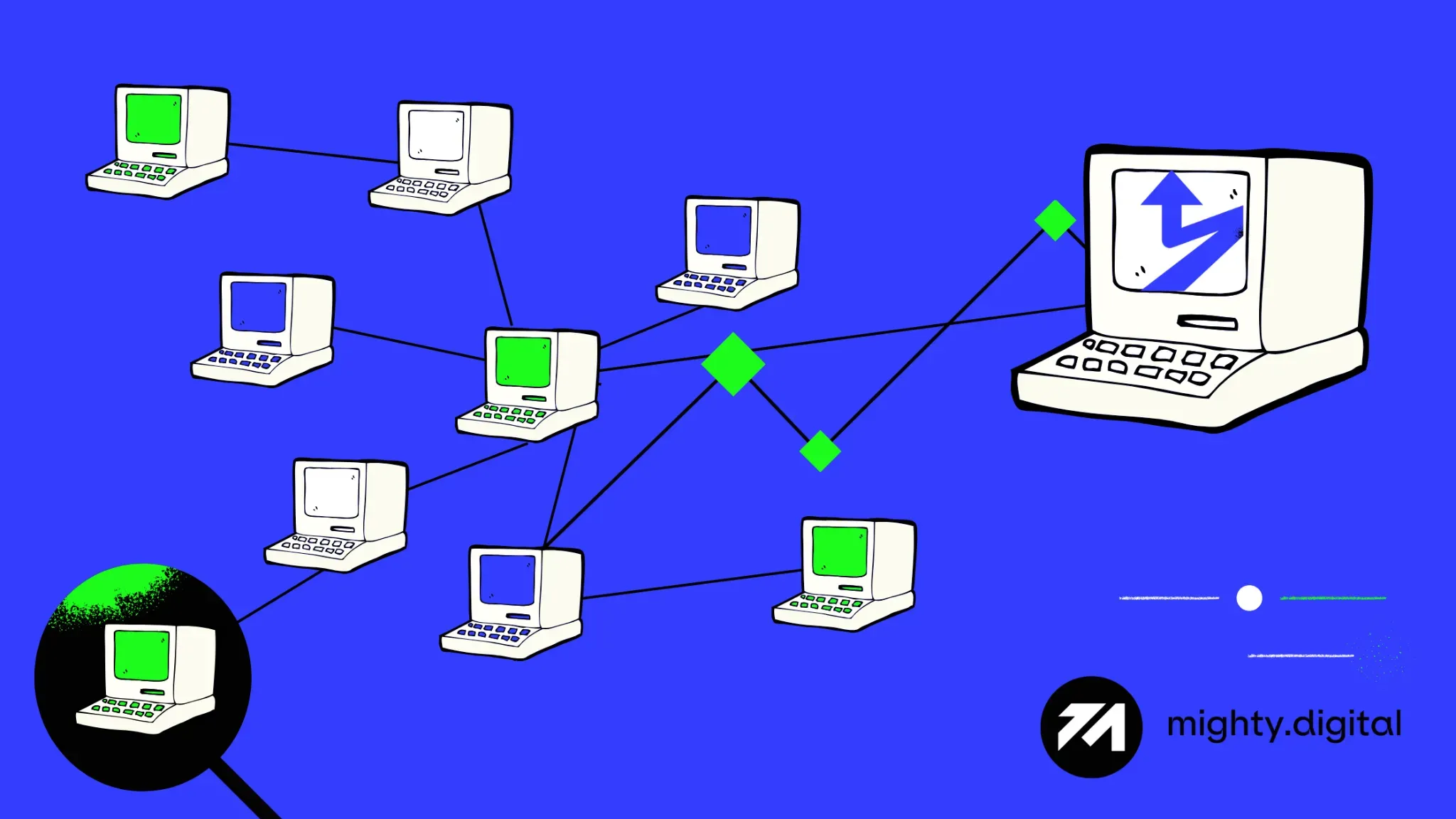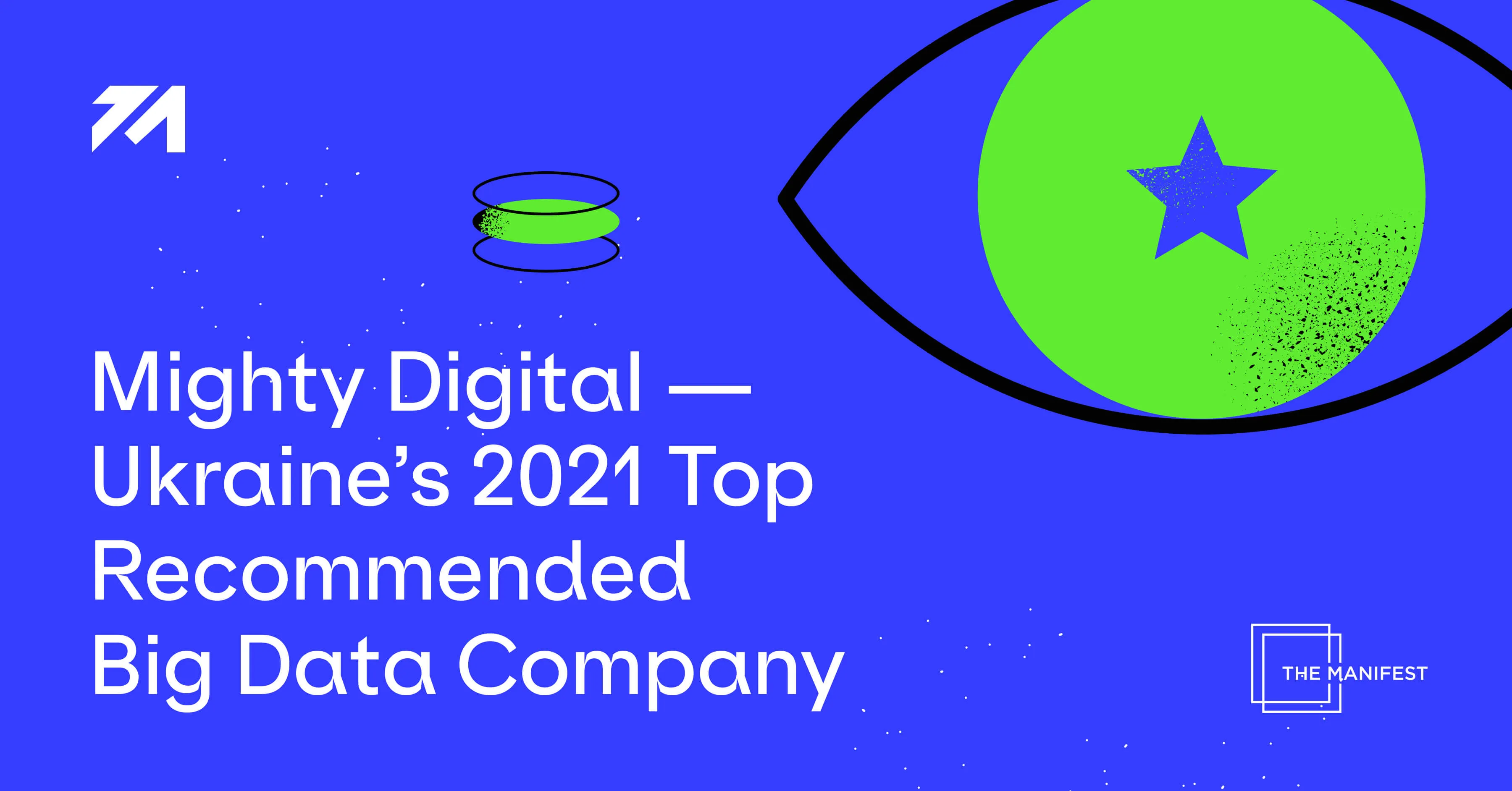8 Trends Shaping the Future of Data Management


Share
In the dynamic world of technology, the future of data management is taking shape through a confluence of innovative trends. From the omnipresence of cloud-based solutions to the surge of artificial intelligence, organizations are redefining the way they handle, process, and secure data. In this article, we explore seven key trends that are steering the course of the future in data management.
1. Cloud-based Data Management Mode
Cloud-based Data Management (DM) continues to gain momentum, offering scalability, flexibility, and cost-effectiveness. Organizations are keenly embracing cloud migration, allowing them to adapt their data storage and processing capabilities in real-time. As this trend progresses, the focus is shifting towards reducing reliance on on-premises data centers. The question of trust, especially for businesses handling sensitive data, remains pivotal, influencing the trajectory of cloud adoption.
2. AI and Machine Learning Expansion
Artificial Intelligence (AI) and Machine Learning (ML) are becoming integral to data management. These technologies empower organizations to analyze vast datasets, identify patterns, and automate routine tasks like data cleansing. Machine learning’s ability to process and analyze large volumes of data quickly is reshaping the landscape of data management. The emphasis is shifting from artificial intelligence to how computers can autonomously learn from experience and make predictions.
3. Integration of Advanced Language Models
A new dimension in data management is introduced with the integration of advanced language models, exemplified by ChatGPT and similar large language models. These models contribute to a more natural and contextual interaction with data, providing a bridge between complex datasets and human understanding. Their integration optimizes communication, analysis, and decision-making processes, offering a transformative layer to traditional data management practices.
4. Prioritizing Data Security
The increasing frequency of data breaches underscores the critical importance of prioritizing data security. With millions of records breached globally, organizations are focusing on end-to-end security solutions. Training initiatives for employees and IT staff are on the rise to address potential causes of breaches, such as poor user security habits. Ensuring clean, secure, and reliable data is a shared responsibility involving database administrators, data analysts, and data storage teams.
5. Data Preparation Automatisation
The surge in big data volumes and a shortage of data science talent have prompted a shift towards automating data preparation. Software vendors are developing solutions that leverage AI and ML to automate tedious tasks associated with data cleansing and preparation. This trend aims to optimize data science time and enhance overall efficiency in handling vast datasets.

6. Hybrid end-to-end Data Management Frameworks
Enterprises are facing a deluge of structured and unstructured data from diverse sources. Hybrid environments, encompassing on-premise data centres, cloud platforms, and various devices, necessitate comprehensive data management frameworks. Leading players like IBM, SAP, Tibco, Talend, and Oracle are at the forefront, offering end-to-end data fabric management solutions. The focus is on securing data across diverse activities and platforms.
7. Real-time Data Management Importance
In a world where decisions need to be made swiftly based on up-to-date information, real-time data management is becoming essential. Organizations are adapting their data infrastructure to accommodate real-time processing and analysis. This trend acknowledges the need for agile decision-making in an environment where information is constantly evolving.
8. Optimization for Cost Savings
Amidst these trends, a crucial theme emerges – the optimization of data management for cost savings. Organizations are actively seeking ways to trim unnecessary expenses in data operations. This includes adopting leaner processes, leveraging automation judiciously, and continually evaluating technology investments to ensure that they align with cost-saving objectives.
The future of data management is a dynamic landscape shaped by innovation and adaptability. From the seamless integration of cloud-based solutions to the transformative power of AI and the decentralized security of blockchain, organizations must navigate these trends to stay ahead in the data-driven era. As we stand on the cusp of this data revolution, the ability to harness these trends will be a key determinant of success in the digital age.











